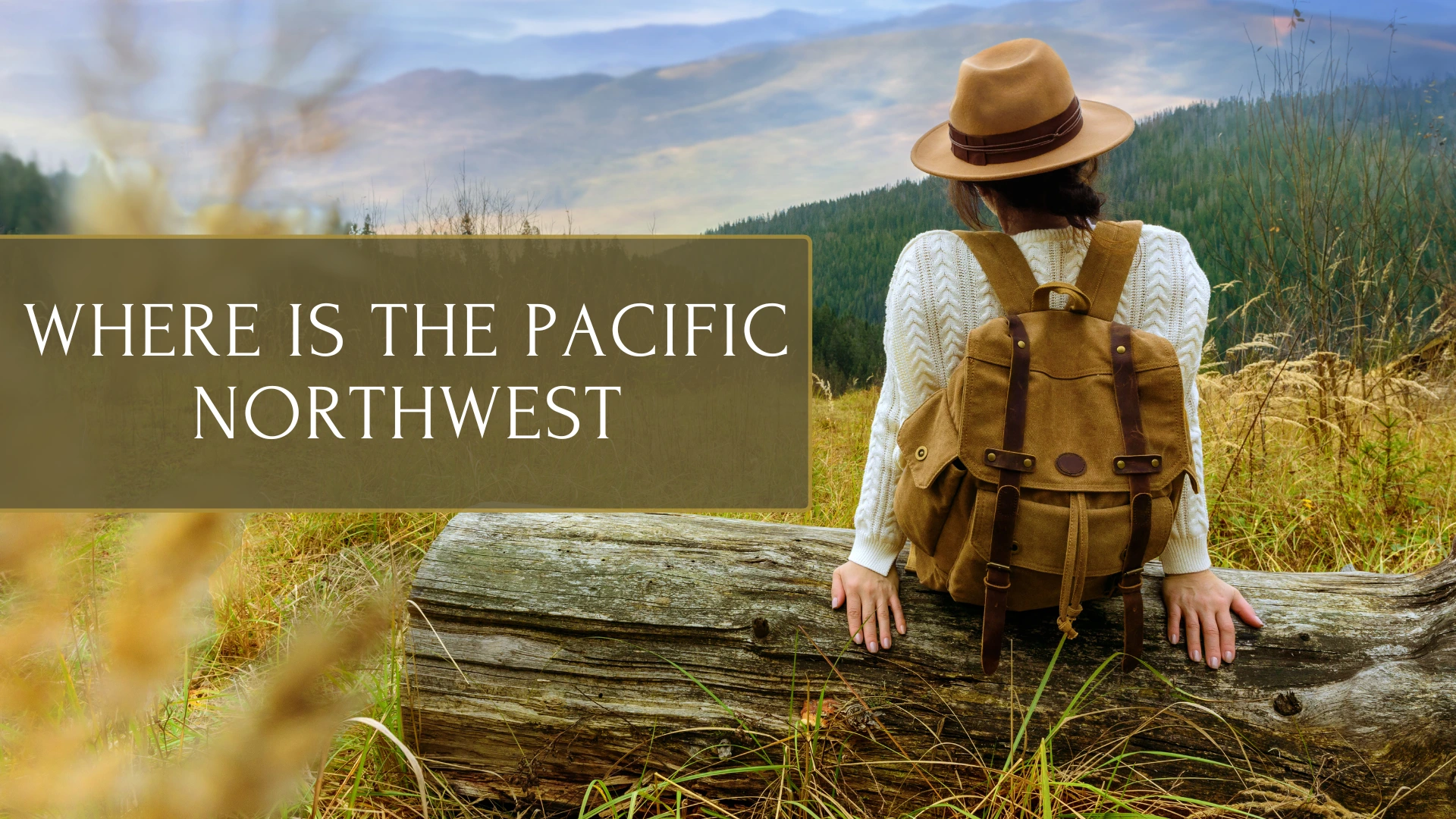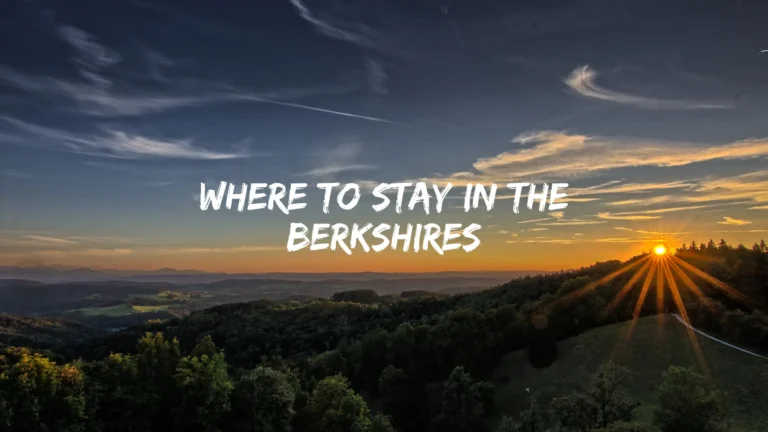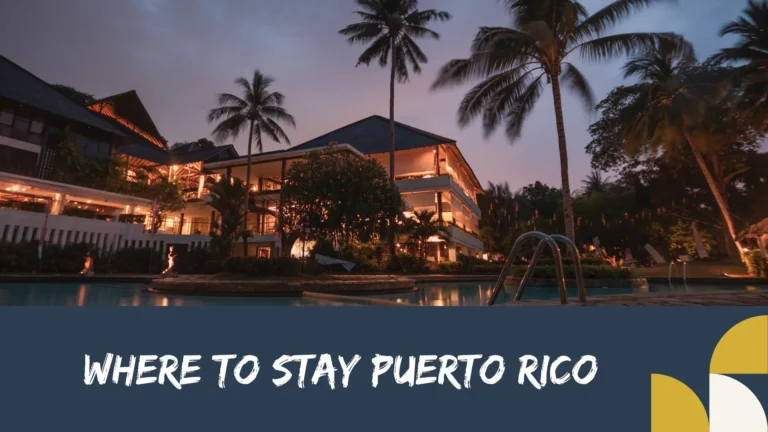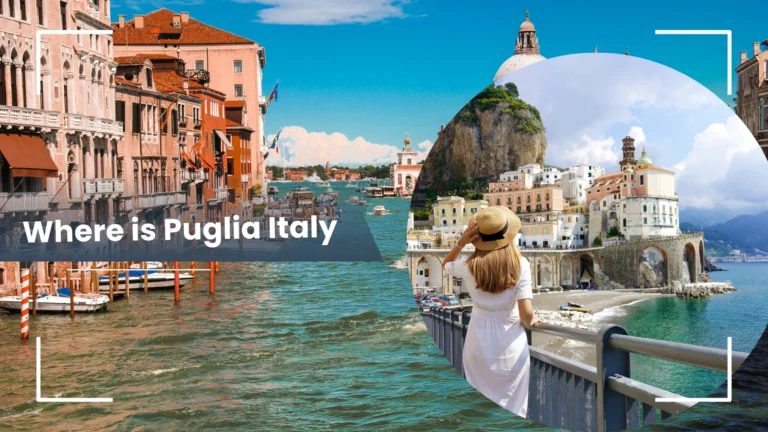Where is the Pacific Northwest

The Pacific Northwest (PNW) is one of North America’s most fascinating and diverse regions, known for its breathtaking landscapes, unique climate, and rich cultural heritage. While its exact boundaries are sometimes debated, the Pacific Northwest is generally understood to include the northwestern part of the United States and southwestern Canada.
This article explores the geographical extent, natural features, climate variations, and cultural significance of the Pacific Northwest, providing an in-depth look at what makes this region so special.
Defining the Pacific Northwest
The Pacific Northwest does not have a strict political or geographical definition, but it is commonly associated with specific states and provinces.
Core Areas
The core of the Pacific Northwest generally includes:
- Washington – Home to Seattle, the largest city in the region, and known for its coastal rainforests, mountain ranges, and high-tech industries.
- Oregon – Famous for its rugged coastline, deep forests, and vibrant cities like Portland.
- Idaho – While often overlooked in PNW discussions, Idaho’s northern region shares strong ecological and cultural ties with Washington and Oregon.
- British Columbia (Canada) – A Canadian province with a stunning coastline, massive mountain ranges, and the bustling city of Vancouver.
These areas are connected by their shared history, similar ecosystems, and economic interdependence.
Extended Boundaries
Some definitions of the Pacific Northwest include additional areas based on ecological and cultural links:
- Alaska – Southeastern Alaska, including cities like Juneau and Ketchikan, shares the coastal rainforest ecosystem of British Columbia and Washington.
- Northern California – The region from the Oregon border down to the Bay Area sometimes falls within the PNW’s extended scope.
- Western Montana & Wyoming – While not directly on the Pacific Coast, parts of these states share climate and geography similar to the inland Pacific Northwest.
- Yukon (Canada) – Some broader interpretations include parts of the Yukon, especially due to its natural connection with British Columbia and Alaska.
Geographic Features
The Pacific Northwest is renowned for its striking natural landscapes, from towering mountains to vast forests and flowing rivers.
Mountain Ranges
The region is dominated by several significant mountain ranges:
- The Cascade Range – This volcanic mountain range extends from British Columbia through Washington, Oregon, and into Northern California. It includes Mount Rainier, Mount St. Helens, and Mount Hood, some of the most iconic peaks in the U.S.
- The Coast Mountains – Running along British Columbia’s coastline, these rugged mountains contribute to the province’s spectacular fjords and islands.
- The Rocky Mountains – Extending into eastern British Columbia, the Rockies are known for their dramatic peaks, glaciers, and alpine lakes.
Bodies of Water
Water plays a vital role in the Pacific Northwest’s identity, with several major rivers and coastlines defining the region:
- Pacific Ocean – The entire western boundary of the PNW is shaped by the Pacific Ocean, influencing the region’s weather patterns and economy.
- Puget Sound – A complex system of waterways in Washington that serves as a hub for marine life and human settlements.
- Columbia River – One of North America’s largest rivers, running from British Columbia through Washington and Oregon before emptying into the Pacific.
- Fraser River – British Columbia’s longest river, essential to the province’s ecosystem and economy.
Climate
The Pacific Northwest features a varied climate, influenced by its geography, coastal proximity, and elevation changes.
Coastal Climate
The western parts of the region experience a temperate marine climate, with:
- Mild, Wet Winters – Heavy rainfall and overcast skies from late fall to early spring.
- Cool, Dry Summers – Coastal areas rarely see extreme heat, maintaining moderate temperatures.
This climate supports temperate rainforests, such as the Hoh Rainforest in Washington and the coastal forests of British Columbia.
Inland Climate
Moving east of the Cascade Mountains, the climate shifts dramatically:
- Semi-Arid Conditions – Inland Washington, Oregon, and Idaho receive much less rainfall, leading to drier landscapes.
- Greater Temperature Extremes – Hot summers and cold winters are common, especially in Idaho and eastern Washington.
This variation contributes to the diverse ecosystems, from lush coastal forests to dry grasslands and alpine environments.
Cultural Significance
The Pacific Northwest has a rich cultural history, shaped by Indigenous peoples, early European settlers, and modern urban developments.
Indigenous Heritage
For thousands of years, Indigenous nations have thrived in the Pacific Northwest. Some prominent tribes include:
- The Coast Salish – Inhabiting regions around Puget Sound, Vancouver Island, and the Columbia River Basin.
- The Tlingit and Haida – Found in British Columbia and southeastern Alaska, known for their intricate totem poles and maritime culture.
- The Nez Perce and Shoshone – Indigenous groups from inland areas, with strong traditions of horse culture and trade.
Indigenous communities continue to play a vital role in preserving the region’s environmental and cultural heritage.
Modern Developments
Today, the Pacific Northwest is known for several cultural and economic characteristics:
- Technology & Innovation – Home to major companies like Microsoft, Amazon, and Intel, making the region a global tech hub.
- Environmental Awareness – The PNW has a strong commitment to sustainability, with policies aimed at protecting forests, wildlife, and clean energy.
- Food & Coffee Culture – From fresh seafood and organic produce to the rise of craft breweries and coffee roasters (like Starbucks and Stumptown Coffee), the region has a distinct culinary identity.
The blend of ancient traditions and modern progress makes the Pacific Northwest a dynamic and evolving region.
Conclusion
The Pacific Northwest is a geographically diverse, culturally rich, and environmentally unique region that continues to attract people from around the world. Whether it’s the towering peaks of the Cascades, the bustling cities of Seattle and Vancouver, or the deep cultural roots of Indigenous peoples, the PNW stands as one of North America’s most compelling regions.
From its rainforests to its deserts, high-tech industries to historic traditions, the Pacific Northwest remains an ever-evolving place of discovery, opportunity, and natural beauty.





